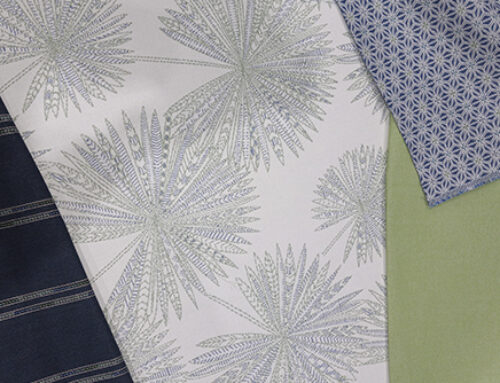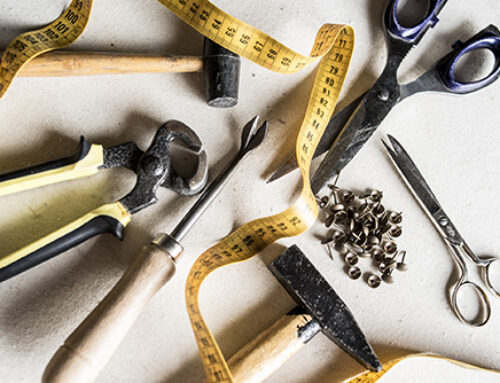Your Expert Guide to Fabric Cleaning Codes
It is essential to review the fabric cleaning codes before undertaking any upholstery cleaning. It’s crucial to consult the manufacturer’s guidelines to determine if cleaning is recommended or even permissible. In this blog, Leon’s Fabrics focuses on the decision to clean your current furniture’s fabric and, if necessary, offers guidance on how to do so, drawing from the labeled upholstery cleaning codes.
Where Can Fabric Cleaning Codes be Found
Typically you can find the cleaning codes directly on the fabric sample or in the back of the sample book. If you are working with a new piece of furniture the tags may be located on the tag or label. You can usually locate this tag on the sofa or armchair’s base, beneath the seat cushions. Alternatively, it might be situated entirely under the frame or on the side near the armrest.
Fabric Cleaning Codes and What They Mean
W (Water)
W denotes Water-Based Cleaning. Clean these fabrics only with foam or water-based cleaning agents. These cleaners may contain small amounts of detergents, pH modifiers, or other cleaning compounds. Gently pat the affected areas with a clean, white, or cream-colored towel, avoiding colored fabrics that may transfer their dye onto the material.
S (Solvent)
Using water is not recommended and should be avoided, as it can potentially cause watermarks and damage the fabric by causing shrinking or color bleeding. Use only mild, pure water-free dry cleaning solvents, such as Energine or Carbona. Proper solvents effectively dissolve grease spots, leaving the treated area dry. After applying the solvent, vacuum the fabric. Ensure adequate ventilation in the area when using solvents and be sure to use a solvent designed specifically for upholstery. It’s essential to read and carefully follow the provided instructions.
WS (Water and Solvent)
Spot-clean these fabrics with upholstery shampoo, foam, mild detergent, or mild dry cleaning solvent. Always test in an inconspicuous area before proceeding. Fabrics denoted with WS should not be saturated. Fabrics with a longer nap or pile may require a light brushing to restore appearance. When cleaning a spill, blot immediately to remove spilled material.
X (No Cleaning/Vacuum Only)
This implies that your cherished furniture piece cannot undergo cleaning, underscoring the importance of verifying this information when acquiring new items for your home.
DC (Dry Clean Only)
This refers to fabrics that are only meant to be dry-cleaned.
Common Cleaning Tips for Furniture
- Lightly brush and vacuum fabric frequently.
- Fluff up and rotate cushions periodically to ensure even wear.
- Swiftly attend to spills as they occur.
- Make sure to utilize wet or solvent cleaners specifically designed for upholstery cleaning, taking into account the cleaning codes, and conduct thorough research. Not all upholstery cleaning sprays are created equal.
- If possible, keep pets off your furniture or consider covering the area they typically occupy with a blanket.
- Exercise caution not to over-saturate the area you are cleaning.
- Always test the fabric first in an inconspicuous area, with solvent or cleaning method, before attending to stains.
- When addressing stains or soiled areas, refrain from rubbing or scraping; instead, gently dab and blot.
If you do get a stain on your fabric, it is always strongly suggested that you speak with or let a professional handle your beloved piece. They are well-equipped with years of knowledge and a plethora of the best cleaning solutions.
Purchase Our Fabrics at Leon’s Fabrics Today
At Leon’s Fabrics, we make sure to note down the fabric cleaning codes on all our fabrics for your ease and convenience. View our fabrics online and purchase yours today. If you have further questions, please reach out to us.




